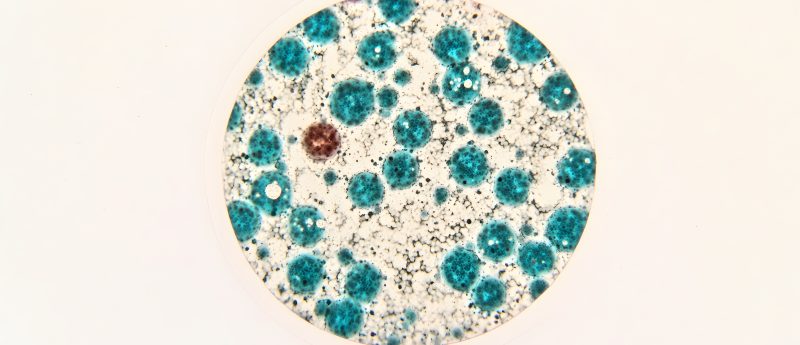Researchers develop new technique to enhance digital microscopy images

New research from a team at the California NanoSystems Institute at the University of California, Los Angeles (UCLA; CA, USA), presents a novel technique that enhances images obtained by digital microscopy. Although digital imagery has facilitated many advances in microscopy, blurry, pixilated images are still a source of frustration for many researchers.
Led by Aydogan Ozcan of the UCLA Henry Samueli School of Engineering and Applied Science, the team’s findings are reported online in the journal Light: Science and Applications.
Named ‘wavelength scanning pixel super-resolution’, the technique uses a device that captures several images of the same specimen using varying light wavelengths. A novel algorithm is then applied to each image, dividing the number of pixels into a number of smaller pixels. This results in a digital image of much greater resolution.
“These results mean we can see and inspect large samples with finer details at the sub-micron level,” explained Ozcan. “We have applied this method to lens-based conventional microscopes, as well as our lensless on-chip microscopy systems that create microscopic images using holograms, and it works across all these platforms.”
There are expected to be wide-ranging benefits to this technology, but especially in pathology. It is hoped that this technology will aid the time-sensitive imaging of tissue and blood samples which are vital in disease diagnosis. In this study blood samples and Papanicolaou tests, which are used to screen for cervical cancer, were used as test specimens.
This technology fits on a desk top, indicating that it would be of benefit to healthcare professionals in resource-limited settings. The authors also add that wavelength scanning super-resolution is effective in colorless and dye-stained samples.
Sources: New technique greatly enhances digital microscopy images; Luo W, Zhang Y, Feizi A, Göröcs Z, Ozcan A. Pixel super-resolution using wavelength scanning. Light: Science & Applications (DOI: 10.1038/lsa.2016.60) (2015).






